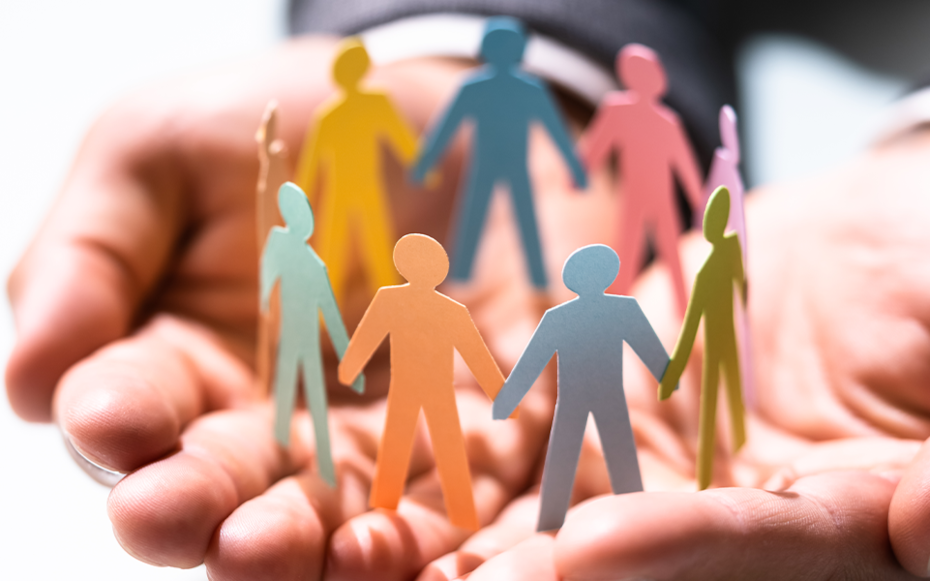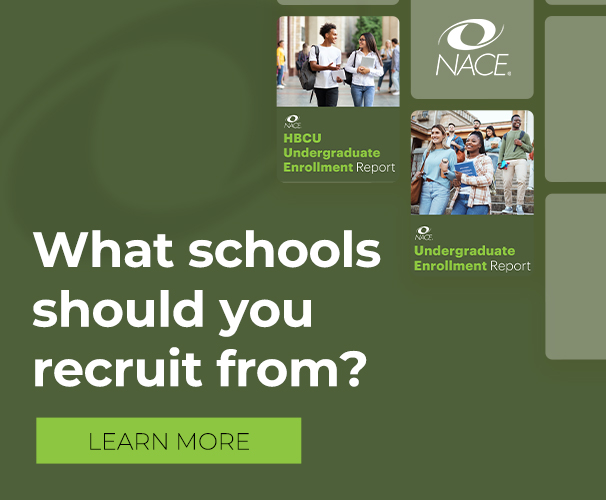Diversity and inclusion have traditionally been about race and about sex, but we are all so much more than just what is visible, explains author, speaker, and social impact adviser Michele Sullivan.
Sullivan, who was born with a rare type of dwarfism, leveraged her determination and unique perspective to forge a 30-year career at Caterpillar, where she served as president of Caterpillar Foundation and as Caterpillar Inc.’s director of corporate social innovation.
Because she is a member of several historically marginalized groups, intersectionality is very familiar to her.
“Intersectionality is really about the concept that links us all together, meaning that we all have certain categories that could potentially make us diverse, and also maybe face some type of oppression,” explains Sullivan, who will be the keynote speaker during NACE's upcoming Disability Signature Series: In Recognition of National Disability Employment Awareness.
FREE TO NACE MEMBERS
Michele Sullivan is the featured speaker at NACE’s 2022 Disability Signature Series, which runs on each Thursday from October 13 – 27.Register Here
“But what do we do, because we can’t see a lot of that?”
Sullivan notes that everyone has their own unique experiences of discrimination.
“For example,” she says, “when we talk about sexual identity, it's just not male and female; it's transgender and all the other categories that go along with that and we sometimes can't see. Or maybe someone was homeless at one point in their life or someone else is thriving in college despite having dyslexia.
“Because of these hidden categories, we must consider everything and anything that can marginalize people, whether it's gender, race, sexual orientation, physical ability, neurodivergence, and more. We need to get to know people and see the value in them rather than just labeling them by something you can see.”
Sullivan says that although we are far past diversity and inclusion just being about race and sex, a lot of companies don’t see that.
“There is a lot of attention today on different measurements of diversity, equity, and inclusion,” Sullivan says.
“Our challenge is that not everything that is important to these efforts can be counted or measured. I’m not saying this is 100% across the board, and we certainly are not at a point that we don’t have to measure because what gets measured tends to get done.”
Instead, effectiveness and opportunities for improvement can be determined, in part, through more human interactions, such as asking employees about their workplace experience and their sense of belonging.
Organizations also need to provide evidence of their approach to DEI and the progress they have made. Those that embrace diversity have proof to match their claims, such as diverse boards of directors and employees at the upper levels of the organization, affinity groups that include wide ranges of historically marginalized groups and company support, DEI documentation and the results of their work in this area, and more.
“They should also be prepared to answer questions from candidates during interviews about their successes with intersectional culture,” Sullivan advises.
“Has the organization seen an increase in innovation? Has its economic performance improved? These can be tied back to intersectionality, for example, as it creates new markets for the organization.”
Over the coming decade, Millennials will occupy leadership roles in many organizations. Sullivan says this group has a unique perspective on diversity.
“Older generations tend to view diversity through a lens of race, demographics, equality,” she explains.
“Millennials see diversity as a melding of various experiences, different backgrounds, and individual perspectives. They don’t view it as Black, white, male, female. They view it more from the lens of intersectionality.”
This, Sullivan notes, represents progress. She also hopes that as we move forward, we can carry the compassion, desire for personal connection, and humanity that we demonstrated during the pandemic.
“If there’s one thing events of the past two-and-a-half years have taught us, it’s that the world is one,” she says.
“We were all impacted by COVID; it brought us to our knees. As terrible as it was, some good came out of it: We were checking on neighbors, families came back together, innovation leapt ahead. Yet, we still want to label people by their nationality, gender, race, sexuality, disability, and more? I hope we take some of the compassion we gained and showed during the pandemic and see people for who they really are and appreciate their value instead of putting them in a box.”






